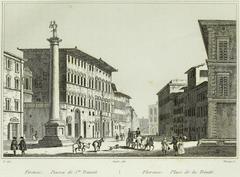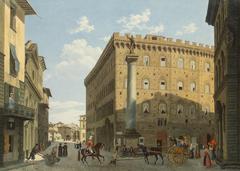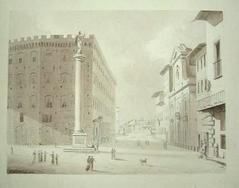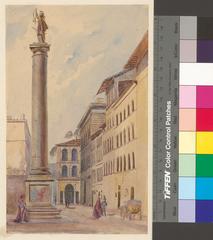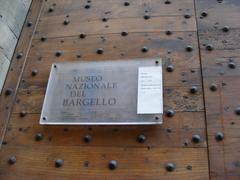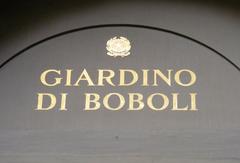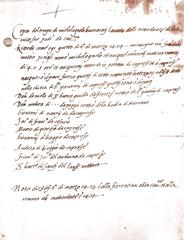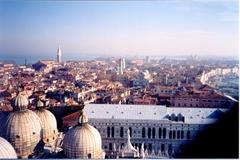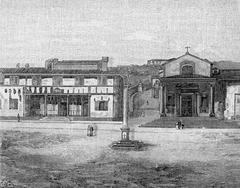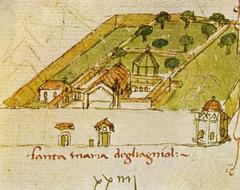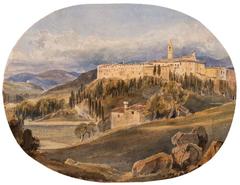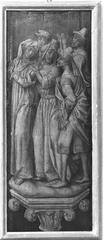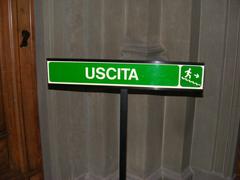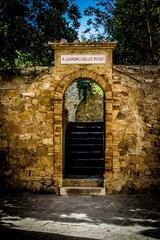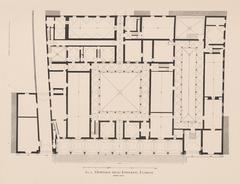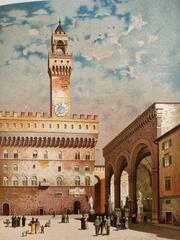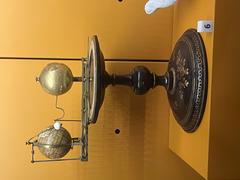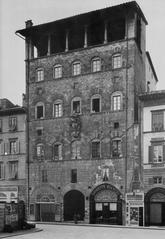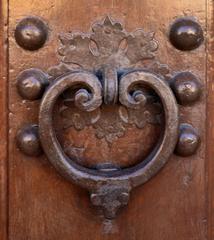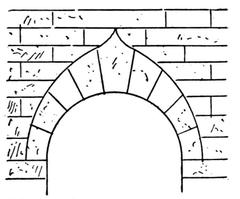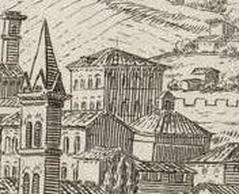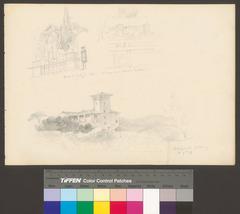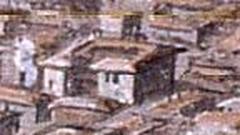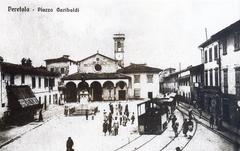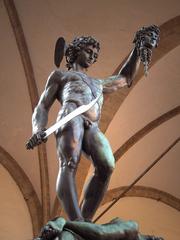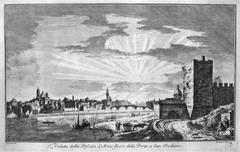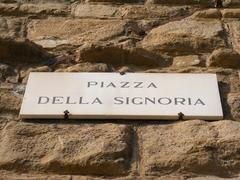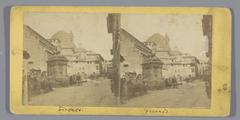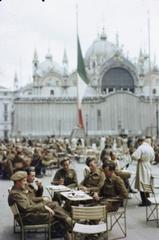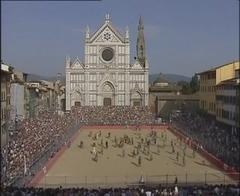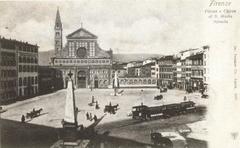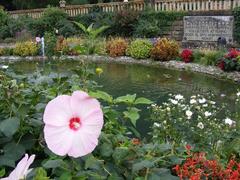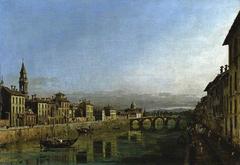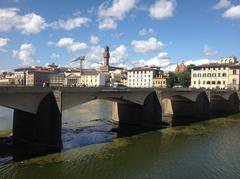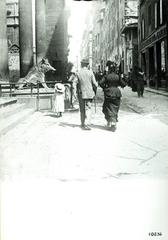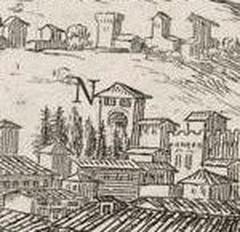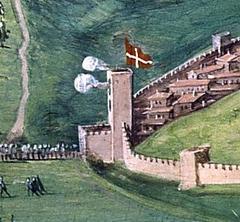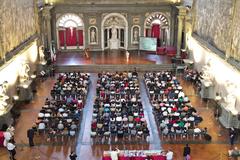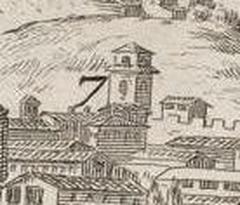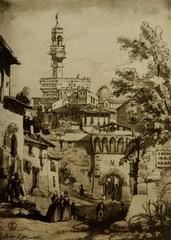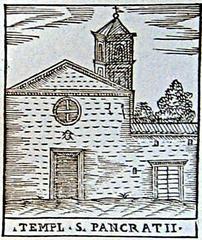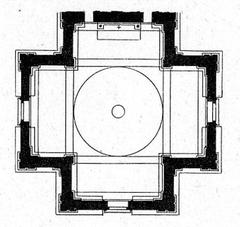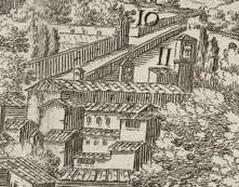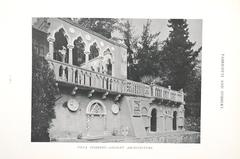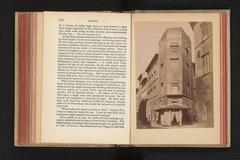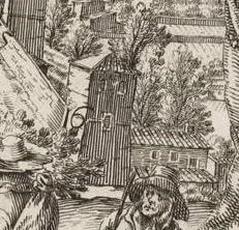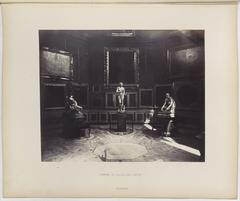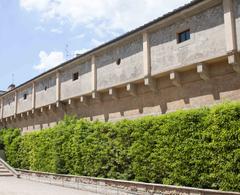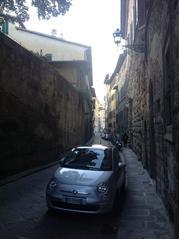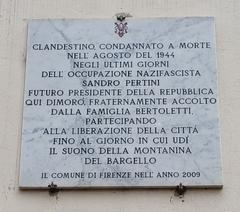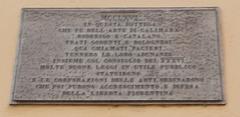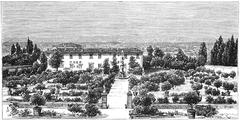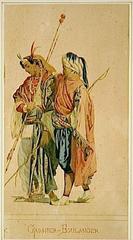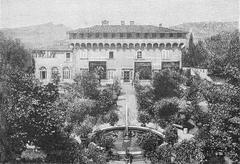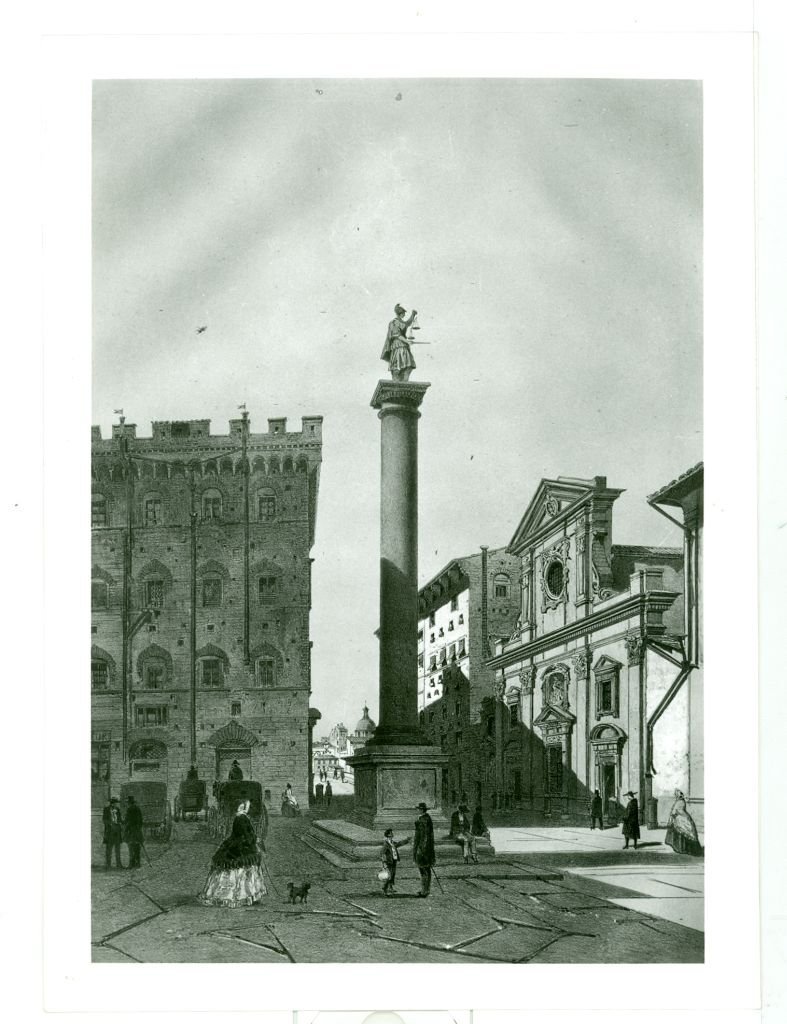
Visiting Piazza Santa Trinita in Florence: A Complete Guide
Date: 24/07/2024
Introduction
Discover the charm and historical significance of Piazza Santa Trinita, a captivating triangular square located in the heart of Florence, Italy. Named after the adjacent Church of Santa Trinita, this piazza is a treasure trove of Renaissance and Gothic architecture. From its medieval origins to the present day, Piazza Santa Trinita has been a focal point of Florence’s rich cultural and historical tapestry. The square is surrounded by notable palaces like Palazzo Spini Feroni, Palazzo Buondelmonti, and Palazzo Bartolini Salimbeni, each contributing to the architectural splendor of the area (History of Florence). This guide provides comprehensive information on visiting hours, ticket details, and travel tips, ensuring you make the most of your visit to this iconic location.
Table of Contents
History of Piazza Santa Trinita
Origins and Early Development
Piazza Santa Trinita, located in the heart of Florence, Italy, is a triangular square named after the adjacent Church of Santa Trinita. The origins of the square date back to the medieval period when it was an isolated area outside the city walls. The square became part of the city center in 1175 after the founding of the church and convent of Vallombrosa (source).
Architectural Evolution
The Church of Santa Trinita was initially built in a simple Romanesque style by the Vallombrosani monks in the middle of the 11th century. The church underwent significant changes over the centuries, including a Gothic restoration and a late Renaissance facade designed by Buontalenti in 1593-1594 (source).
Renaissance Influence
The Renaissance period brought significant architectural developments to Piazza Santa Trinita. The square is surrounded by several Gothic and Renaissance palaces, including the Palazzo Spini Feroni, Palazzo Buondelmonti, and Palazzo Bartolini Salimbeni. These buildings exemplify the architectural styles of their respective periods and contribute to the square’s historical significance (source).
Palazzo Spini Feroni
Built in 1289 by Geri Spini, a wealthy merchant and banker to Pope Boniface VIII, Palazzo Spini Feroni is one of the most prominent buildings in the square. The palazzo has changed ownership several times and has served various purposes, including housing the City Council when Florence was the capital of Italy. Today, it is the headquarters of the luxury fashion brand Salvatore Ferragamo (source).
Palazzo Buondelmonti
Constructed in the 15th century, Palazzo Buondelmonti is a typical example of late medieval and early Florentine Renaissance architecture. The building features a loggia on the top floor and a facade designed by Baccio d’Agnolo. The Buondelmonti family, who commissioned the palace, were significant figures in Florence’s history, with their lineage intertwined with the city’s political and social developments (source).
Palazzo Bartolini Salimbeni
Palazzo Bartolini Salimbeni, built in 1520, was the first building in Florence to feature square windows, decorative columns, and protruding crowning cornices in the contemporary Roman style. The building faced criticism from Florentines for its departure from traditional architectural norms. The architect, Baccio d’Agnolo, responded to the criticism by inscribing “Carpere promptius quam imiti” (easier to blame than imitating) above the entrance door (source).
The Column of Justice
In the center of Piazza Santa Trinita stands the “Column of Justice,” a massive granite column from the Baths of Caracalla in Rome. The column was a gift from Pope Pius IV to Cosimo I de’ Medici in 1560. In 1581, a statue of Justice by Tadda was added to the top of the column, symbolizing the Medici’s power and influence in Florence (source).
The Church of Santa Trinita
The Church of Santa Trinita is a Roman Catholic church and the birthplace of the Vallumbrosan Order. Originally built in a simple Romanesque style, it was later restored under Gothic influences. The church houses several significant artworks, including frescoes by Domenico Ghirlandaio in the Sassetti Chapel and frescoes by Lorenzo Monaco in the Bartolini Salimbeni Chapel (source).
Sassetti Chapel
The Sassetti Chapel, commissioned by Francesco Sassetti, a wealthy merchant in the service of the Medici, features frescoes by Domenico Ghirlandaio. Completed between 1483-1486, the frescoes depict scenes from the life of St. Francis of Assisi and include portraits of contemporary Florentine figures, providing a glimpse into the city’s social and cultural life during the Renaissance (source).
Bartolini Salimbeni Chapel
The Bartolini Salimbeni Chapel, located by the entrance on the right, is adorned with a valuable cycle of frescoes by Lorenzo Monaco, created between 1420-1425. The frescoes depict the Life of the Virgin and are considered masterpieces of early Renaissance art (source).
Visitor Information
Visiting Hours
Piazza Santa Trinita is accessible 24/7, but visitors should check the specific visiting hours for the Church of Santa Trinita and nearby attractions in advance. The church is generally open from 7:00 AM to 7:00 PM daily.
Tickets
There is no entry fee to access Piazza Santa Trinita itself. However, certain nearby attractions, such as the Church of Santa Trinita and other historical sites, may require tickets. It’s advisable to check specific ticket information and book in advance when possible.
Travel Tips
- Best Time to Visit - The best time to visit Florence, including Piazza Santa Trinita, is from April to June when the weather is mild, and the city is bustling with activity (source).
- How to Get There - Piazza Santa Trinita is centrally located and can be easily reached by walking from other major attractions in Florence. Public transportation options, including buses and trams, also serve the area.
- Accessibility - The square is accessible to visitors with mobility issues, but some surrounding streets and attractions may have uneven surfaces or stairs.
Nearby Attractions
Visitors can explore nearby attractions such as the Ponte Santa Trinita, a Renaissance bridge spanning the Arno River, and the luxurious shopping street Via de’ Tornabuoni (source).
Dining Options
The area around Piazza Santa Trinita offers numerous dining options where visitors can enjoy traditional Tuscan cuisine and local wines (source).
FAQ
What are the visiting hours for Piazza Santa Trinita?
Piazza Santa Trinita is accessible 24/7, but visiting hours for the Church of Santa Trinita are typically from 7:00 AM to 7:00 PM daily.
Do I need a ticket to visit Piazza Santa Trinita?
No ticket is required to visit Piazza Santa Trinita itself, but some nearby historical sites may require tickets.
What are the best nearby attractions?
Nearby attractions include the Ponte Santa Trinita, Via de’ Tornabuoni, and various Renaissance palaces such as Palazzo Spini Feroni and Palazzo Buondelmonti.
Conclusion
Piazza Santa Trinita offers a captivating journey through Florence’s rich history and architectural beauty. Whether you’re exploring Gothic and Renaissance palaces or enjoying local cuisine at nearby cafes, this iconic square is a must-visit destination. Make sure to plan your visit, check for any ticket requirements, and don’t miss out on the nearby attractions. For more updates and tips, download the mobile app Audiala, check out other related posts, or follow us on social media.
References
- Piazza Santa Trinita, History of Florence https://historyof.eu/cities/florence/must-see-florence/piazza-santa-trinita/
- Piazza Santa Trinita, Florence On-Line https://florence-on-line.com/piazzas/piazza-santa-trinita.html
- Church of Santa Trinita, Visit Florence https://www.visitflorence.com/florence-churches/santa-trinita.html
- Best Time to Visit Florence, Travellers Worldwide https://travellersworldwide.com/best-time-to-visit-florence/
- Sassetti Chapel, Forever Vacation https://forevervacation.com/florence/santa-trinita
- Nearby Attractions, Scenic Route Traveler https://www.scenicroutetraveler.com/walking-tour-of-florences-oldest-streets
- Dining Options, The Culture Trip https://theculturetrip.com/europe/italy/articles/10-things-to-do-near-piazza-santa-trinita-florence
- Column of Justice, Urbs Travel https://www.urbstravel.com/post/history-of-the-ponte-santa-trinita

